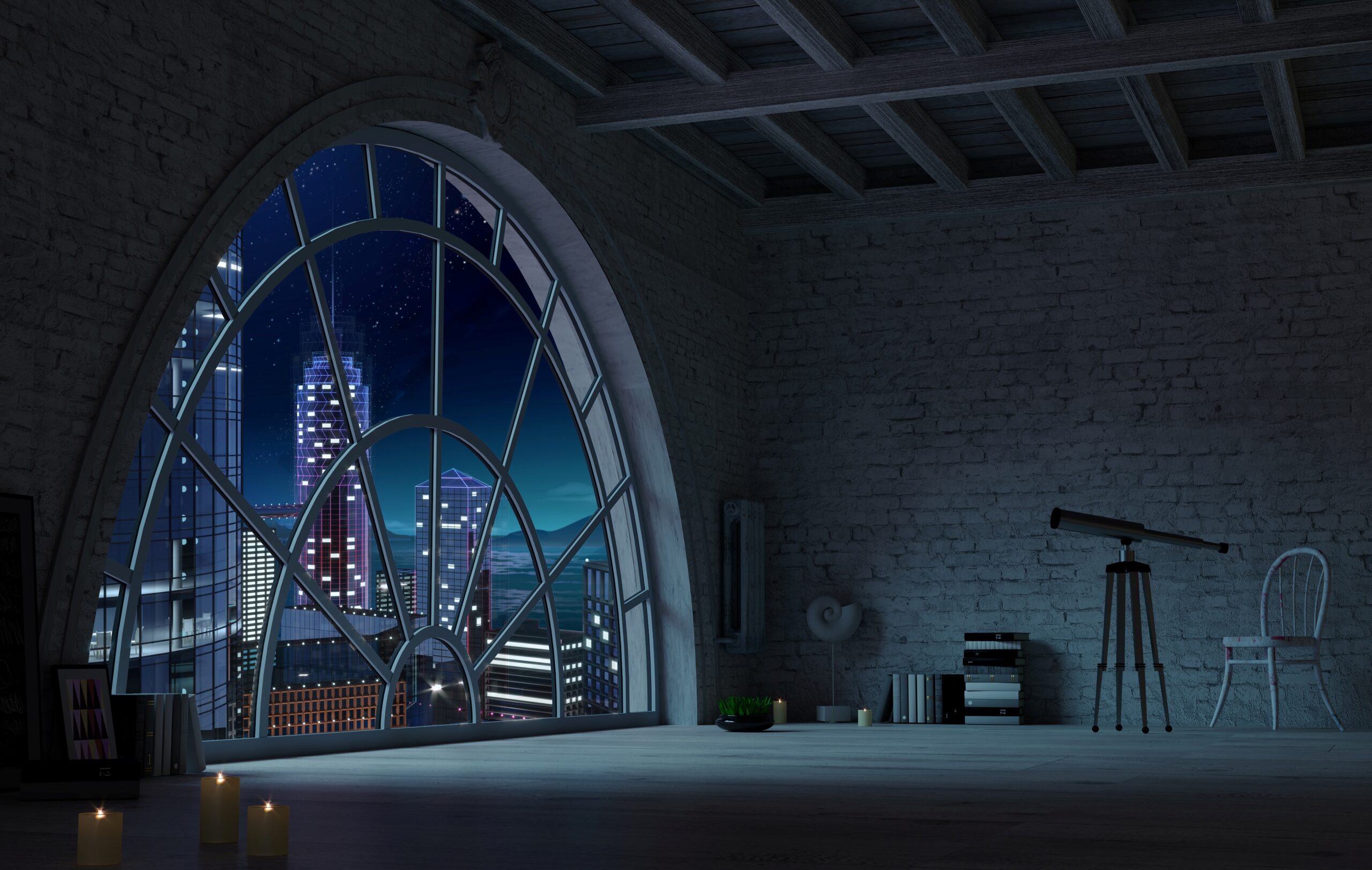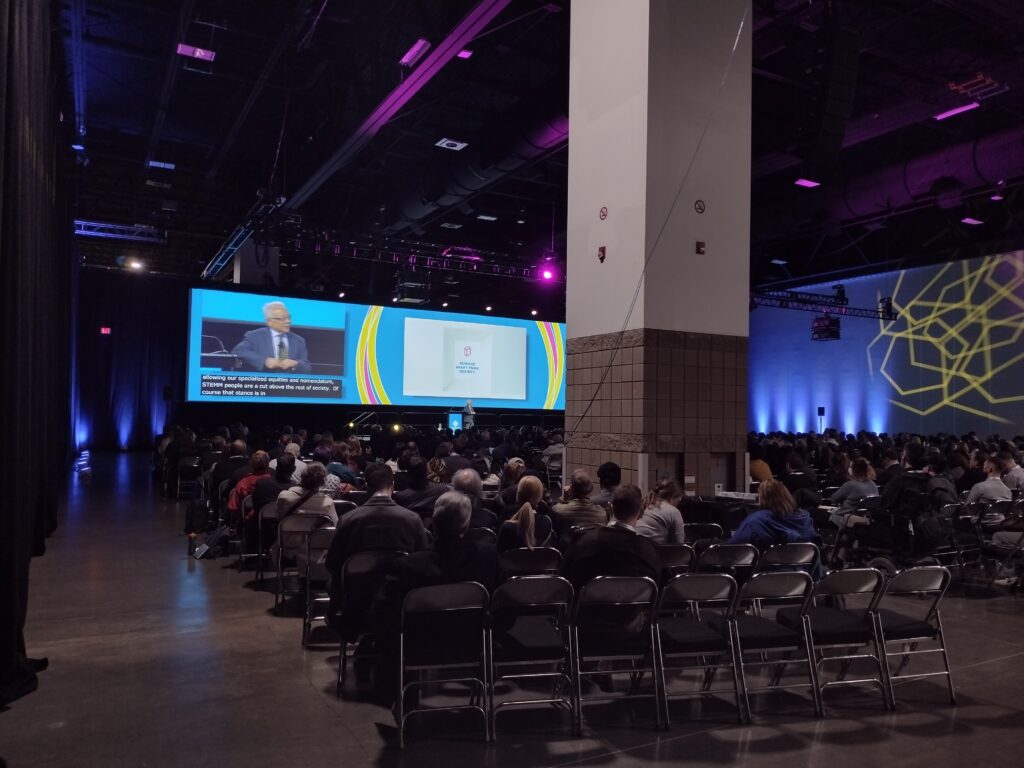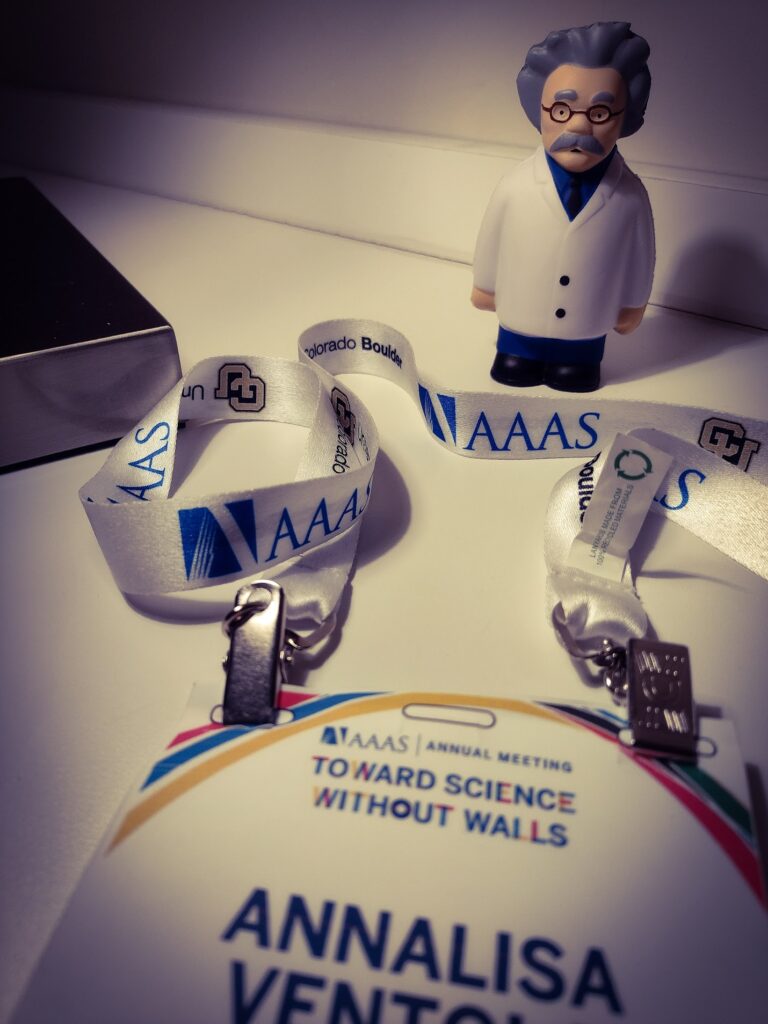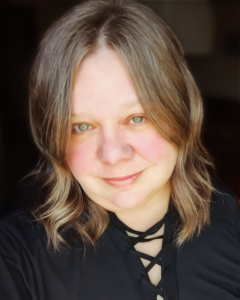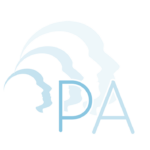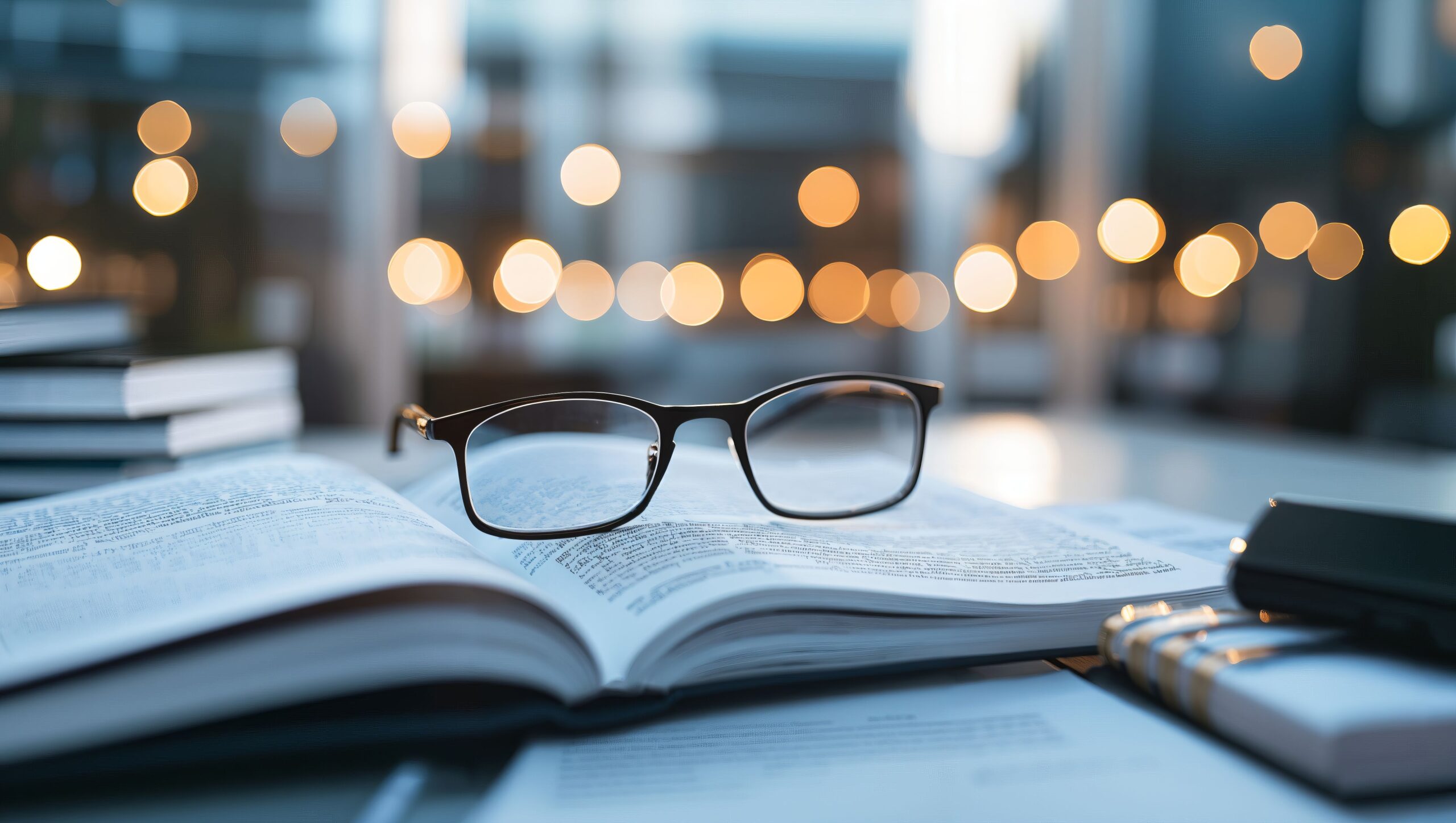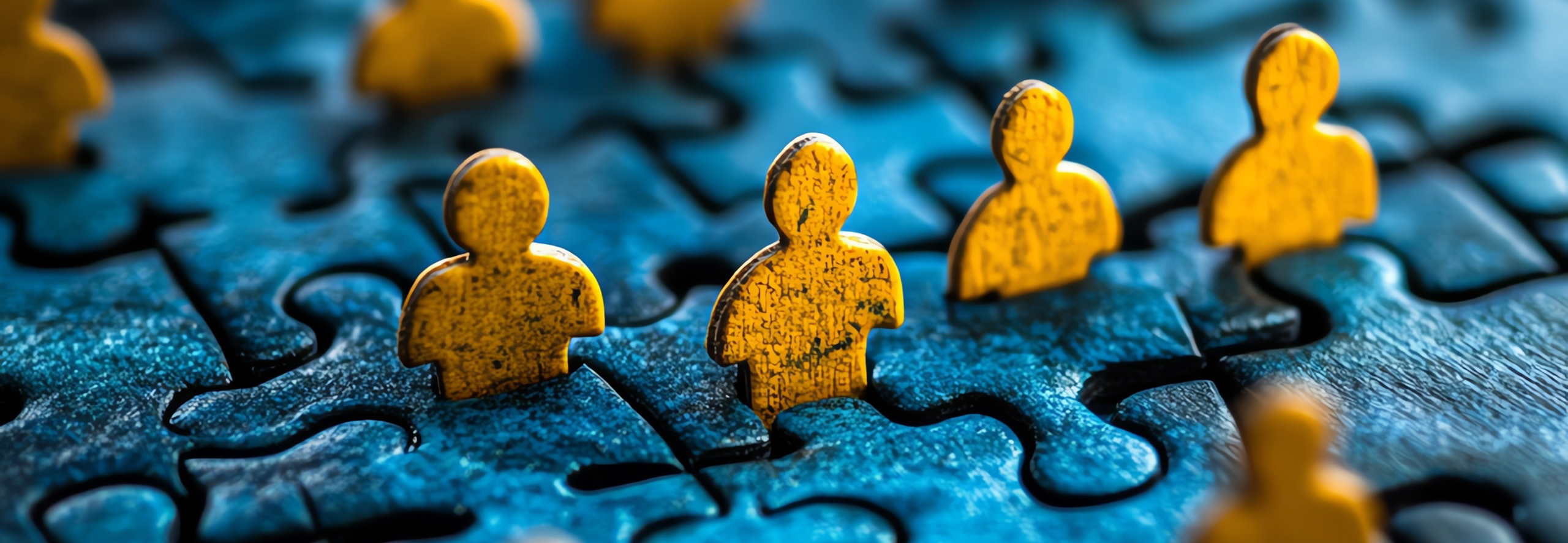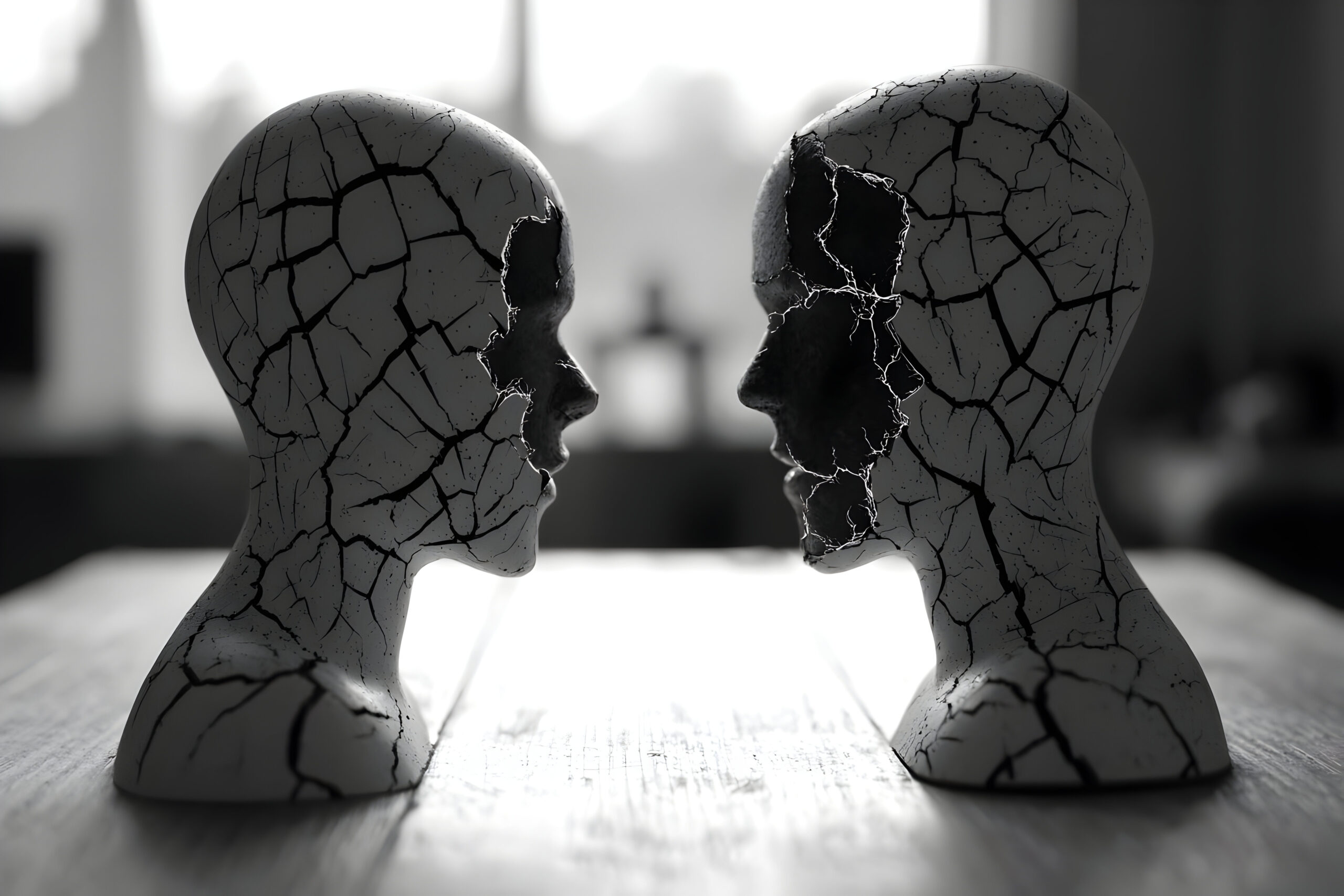by Annalisa Ventola, PA Executive Director
The Mindfield Bulletin is a publication of the Parapsychological Association, edited by Jacob W. Glazier (Lead Editor) with Anastasia Wasko (Associate Editor). It features theoretical, research, and historical articles along with columns by the PA President and PA Executive Director, news in the field, bibliographies of articles relevant to the study of parapsychology, and articles about …
